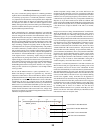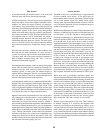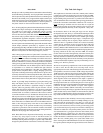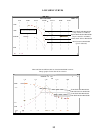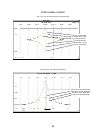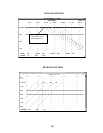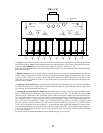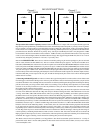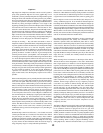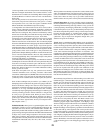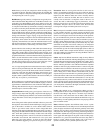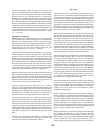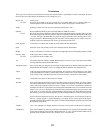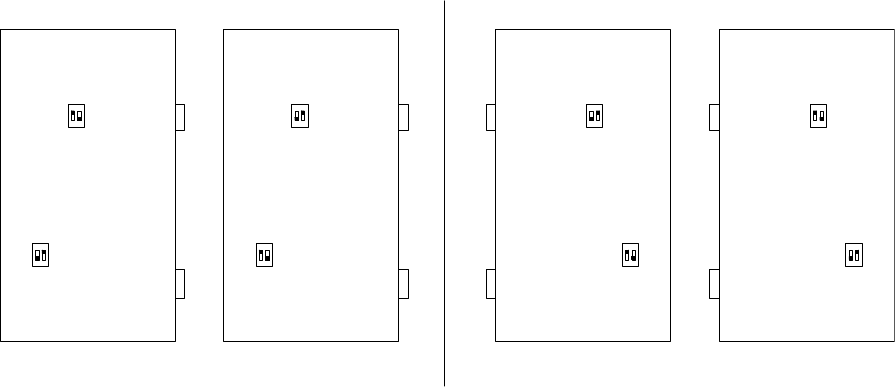
LEFT CARD
+4 dBu
-10dBv
INPUT
INPUT
OUTPUT
OUTPUT
RIGHT CARD
+4 dBu
-10dBv
INPUT
INPUT
OUTPUT
OUTPUT
BACK PANEL
BACK PANEL
BACK PANEL
BACK PANEL
This procedure also results in a polarity reverse which means that the 1/4" outputs will reverse phase both in bypass and
EQ. This may not be problem but you should be aware of this. It is definately better to keep PC or "polarity correct" in general.
If it is a problem, you may be able to correct the polarity simply by hitting the "phase button" on the corresponding channels
on the console or re-wiring the input plug so that signal is on the ring and the tip and sleeve are grounded via the shield. This
procedure does not affect the XLR levels or polarity. Sorry, but all previous Manley Pro Gear is only designed for +4dBu
levels and this is the first accomodation we have made for -10dBv. We really only did it this time because it was easy in this
circuit (it was an after-thought) and not intended in the basic design. We suggest using the XLRs first, the 1/4" at +4 levels
second and only doing this procedure for -10 levels, if you really must.
Here are the DIP SWITCHES. There are two switches on each little package or pair and two packages or pairs on each card
and two cards (channel one and channel two). The two switches should always be opposite - one ON and one OFF. UP is
ON. When (TOP PAIRS) the switches closest to the front panel are UP and ON and (BOTTOM PAIRS) the switches closest
to the front panel are DOWN and OFF the 1/4" jacks are set up for +4 dBu levels.When (TOP PAIRS) the switches closest
to the front panel are DOWN and OFF and (BOTTOM PAIRS) the switches closest to the front panel are UP and ON the
1/4" jacks are set up for -10dBv levels. The latter increases the input gain and decreases the output level. The pair of switches
closest to the top of the card set the input gain and the pair closest to the bottom set the output levels. On these output switches,
if both are OFF then you lose output to the 1/4" jack. If both are ON important parts of the circuit will be shorted together
and the unit will oscillate.
5) Removing individual EQ cards: You have to remove the top perforated panel first. Each card has a short ribbon cable
from the toggle switch board to the EQ card. You have to pull the ribbon connector from the EQ card before you pull out the
card. Once the ribbon is free at the EQ card end, unscrew the two allen keys holding the oblong black anodized panel. Gently
pull the card towards you, being sure the ribbon cable is not catching on any of the EQ card components. To return an EQ
card into its slot, do the procedure in reverse. The only difference is that you need to watch the back of the card and align
the 14 pins into the connector and not offset.
Considering there are no active components on these EQ cards it is unlikely they will need to be repaired or removed. There
are a few minor differences between the 4 EQ cards and you should not change the order. These differences involve the
"voicing" to the 22Hz, 33Hz, 16K and 27K shelves. There is a possibility (plan) for Manley to introduce optional cards for
the Massive Passive at some point in the future. We have discussed,"Mastering stepped cards", "Active Constant Q cards",
"Clipper Cards", "Notch Filter cards" and others. Due to the enormous interest in the "Mastering stepped cards" and they will
be the first to be done, however, remember that it is not possible in this design to really have constant 1dB or 1/2dB steps
because the step size is always "scaled" to the bandwidth. If we use an 11 position switch set up for 1/2 dB steps at the narrowest
bandwidth, it results in only +/- 5.5 dB of available range and becomes less than +/-1.5 dB at wide bandwidths. On the other
hand, this is how all of the "Mastering Pultecs" we have built, also work. Over half of the mastering engineers have decided
to use the regular un-stepped version of the Massive Passive. The "Gain" pots seem to have reasonable resolution and
repeatability (twice what a conventional EQ does) and resetting is relatively easy. While step switches make a lot of sense
in some EQs, there may be less need in the Massive Passive and there are definite advantages of having the wide range of
control especially considering that the Massivo tends to not be as intrusive and "electronic colored" that we associate with
EQing in general. These options, of course, will not be free, and some options may need to be ordered at prior to the unit being
assembled. We suggest evaluating a stock unit before assuming that you need certain options.
The Massive Passive has been planned as an "EQ platform" that should accomodate special functions for a variety of
professional needs. There is no time-table planned for these cards and we will first annouce them, as usual, on our website
<www.manleylabs.com>.
18
DIP SWITCH SETTINGS
Channel 1 Channel 2



